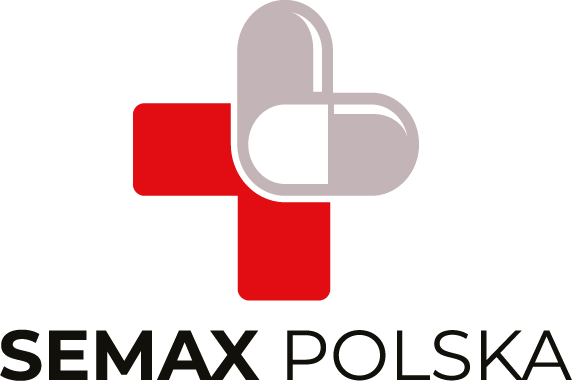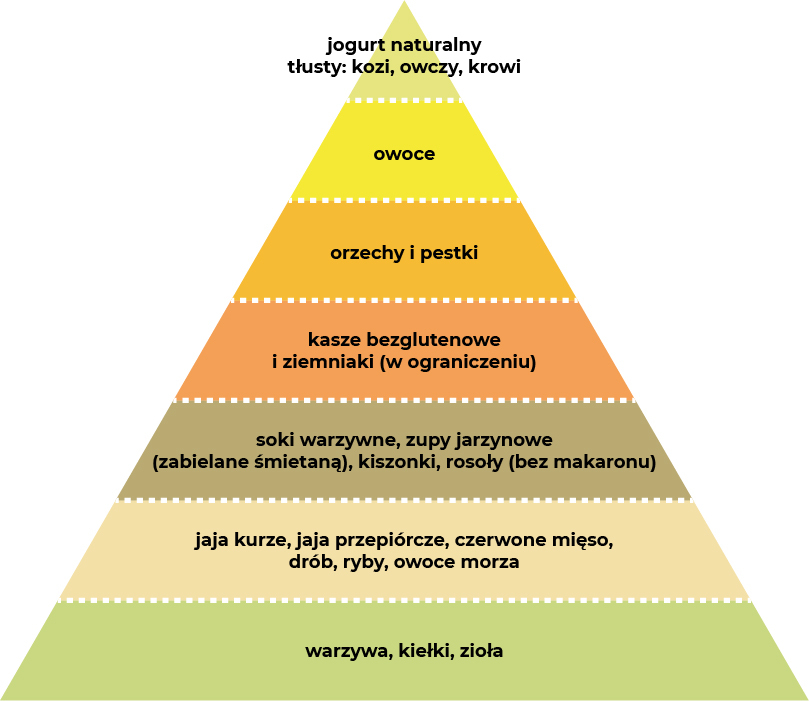
How to prevent cancer? If you want to enjoy a long life - you need to know about it!
Did you know that, to date, cancer has killed more people than tuberculosis, aids and malaria combined? Which means that the condition caused by cell growth disorders is taking its toll worldwide. Figures from the Central Statistical Office for 2022 put it bluntly - the second most common cause of mortality in Poland is cancer. How can we take up the fight against cancer to protect ourselves in advance?
Table of contents
- Poles in the lead in cancer deaths
- Food pyramid vs. miracle diets - How to reduce cancer risk?
- Which vitamins and minerals can actually reduce the risk of cancer?
- Cancer prevention you haven't heard of
Poles in the lead in cancer deaths
The incidence of cancer in figures, looks as follows:
- 100 000 Poles a year die from cancer,
- More than 1.17 million Poles are living with cancer,
- For every 100 000 people, there are 440 diagnosed with cancer.
WHO figures show that cancer will kill more and more. It is also one of the most common causes of premature death.
According to the report 'National Cancer Profiles Poland 2023', it follows that Poland has one of the highest mortality rates among European countries. It is in the infamous 5th place. It is worth emphasising that Poles do not suffer most often from cancer, but the proportion of people who die is one of the highest. This may be due to the relatively low accessibility of treatment. Poland has one of the lowest densities of radiotherapy centres. Criticism should also be levelled at the lifestyle of Poles, who shun regular examinations, abuse stimulants and neglect physical activity and healthy eating. All this translates into a risk of developing cancer.
The distribution of cancer incidence in 2020 was as follows:
| WOMEN | MEN |
| 25 % breast cancer | 23% prostate cancer |
| 12 % lung cancer | 14% lung cancer |
| 11 % colorectal cancer | 13% colorectal cancer |
| 10% uterine cancer | 9% bladder cancer |
| 5% ovarian cancer | 4% gastric cancer |
| 36% other | 37% other |
In the report, factors contributing to an increased risk of cancer among adults include:
- smoking,
- exposure to air pollution,
- drinking alcohol,
- overweight and obesity.
Food pyramid vs. miracle diets - How to reduce cancer risk?
Surely you have seen more than once the food pyramid, which was created to make the public aware of how much, and in what proportions, to consume certain ingredients.
A food pyramid is a graphical representation of the principles of healthy eating that helps people plan their diet in a balanced and nutrient-appropriate way. The pyramid is often used as an educational tool to help people make decisions about their daily menu.
There are different levels on the food pyramid, each representing a food group that we should consume in appropriate amounts. The new pyramid has been updated and at the base of the pyramid is physical activity, which is often overlooked but is crucial for an adequate metabolism. The key principles of the food pyramid include:
In opposition to a balanced diet are miracle diets, which are designed specifically to cure cancer. These include, for example, the Gerson diet. An alternative and controversial treatment that has its supporters, but also its enemies. Is there really anything to be afraid of?
Nutritionists and scientific institutions speak plainly:
| The Gerson diet is ineffective and dangerous. |
It should be stressed that there is no scientific evidence that the diet actually cures cancer, and the National Cancer Institute warns that it can even be life-threatening. The Gerson diet is very restrictive and is based on consuming a lot of fruit and vegetable juices and avoiding many food groups. This can lead to deficiencies in nutrients such as protein, fats, vitamins and minerals, which are essential for health. In addition, the implementation of the diet is a risk of infection. Coffee therapy, which is part of the Gerson diet, involves introducing coffee into the intestines through an enema.
Which vitamins and minerals can actually reduce the risk of cancer?
Cancer prevention is a complex topic and nutrition can play a key role in prevention. Here are some vitamins and minerals that are often studied for their potential impact on cancer risk:
- Vitamin C: is a powerful antioxidant that helps neutralise free radicals in the body. Research suggests that vitamin C may help protect cells from DNA damage, which may reduce the risk of cancer.
- Vitamin D: plays an important role in the regulation of cell growth and differentiation and the functioning of the immune system. Vitamin D deficiency has been linked to some types of cancer, so it is important to maintain normal levels.
- Vitamin E: like vitamin C, is an antioxidant that helps protect cells from damage.
- Selenium: is a mineral that is a component of many antioxidant enzymes. Epidemiological studies indicate a correlation between low levels of selenium in the body and an increased risk of prostate, lung or colorectal cancer.
- Beta-carotene: Is a precursor to vitamin A and is an antioxidant. It may help to protect cells from damage. In mice given beta-carotene, less tumour growth was observed than in other individuals.
- Folic acid: Supports DNA repair processes and regulates cell division. A lack of folic acid can affect genome stability and increase the risk of genetic damage leading to cancer.
Cancer prevention you haven't heard of
There are many ways to keep us healthy and reduce the possibility of developing cancer. People who are at increased risk of developing the disease use other available measures, in addition to a healthy lifestyle, that have a preventative effect. These include epitalone dosage - a synthetic peptide that is being investigated for its potential health benefits, including its potential to affect ageing and immune function.
Theoretically, certain properties of the peptide, such as its effect on telomerase activity (an enzyme involved in maintaining the length of telomeres, which protect the ends of chromosomes from damage), could influence the ageing process and play a role in preventing certain diseases, including cancer.
How to use epitalon? The most common is epitalon spray. That is, the intranasal form. It is the least invasive and produces the desired effects. It is recommended to use approximately 1 mg of the substance per day, i.e. Approximately 4 puffs.
Regarding the storage of the peptide, there are some guidelines for this. Epitalone is best stored between 2°C and 8°C (36°F and 46°F), which corresponds to standard refrigerator storage conditions. Keeping the temperature low can help maintain the stability and efficacy of the peptide. In addition, exposure of the substance to direct sunlight or artificial light should be avoided. Light can affect the stability and properties of the peptide.




